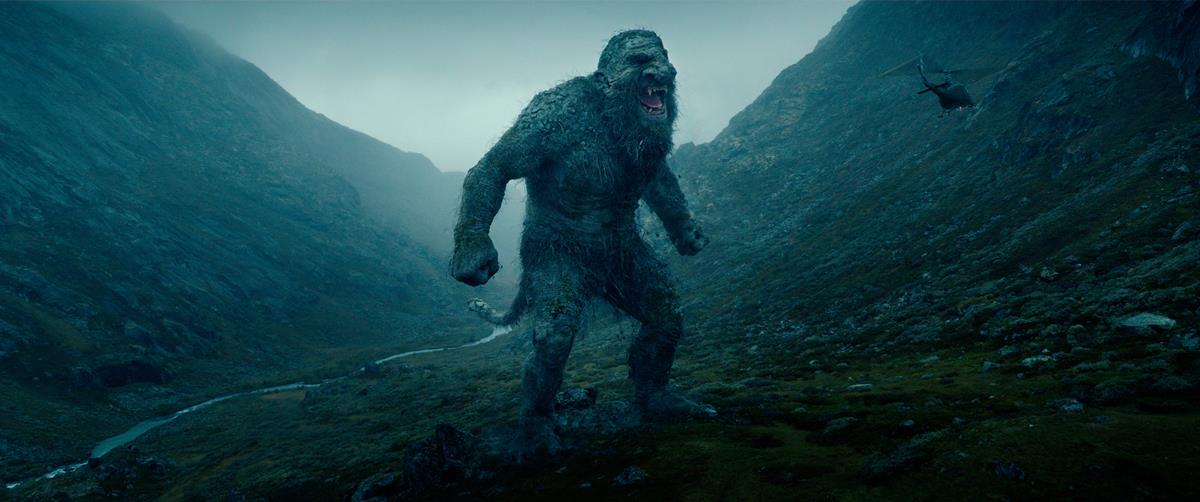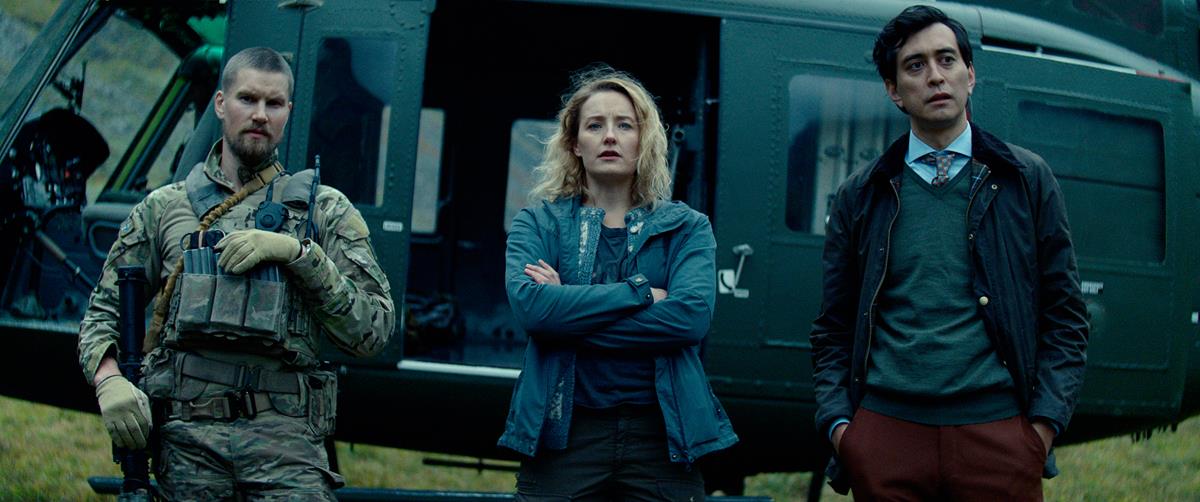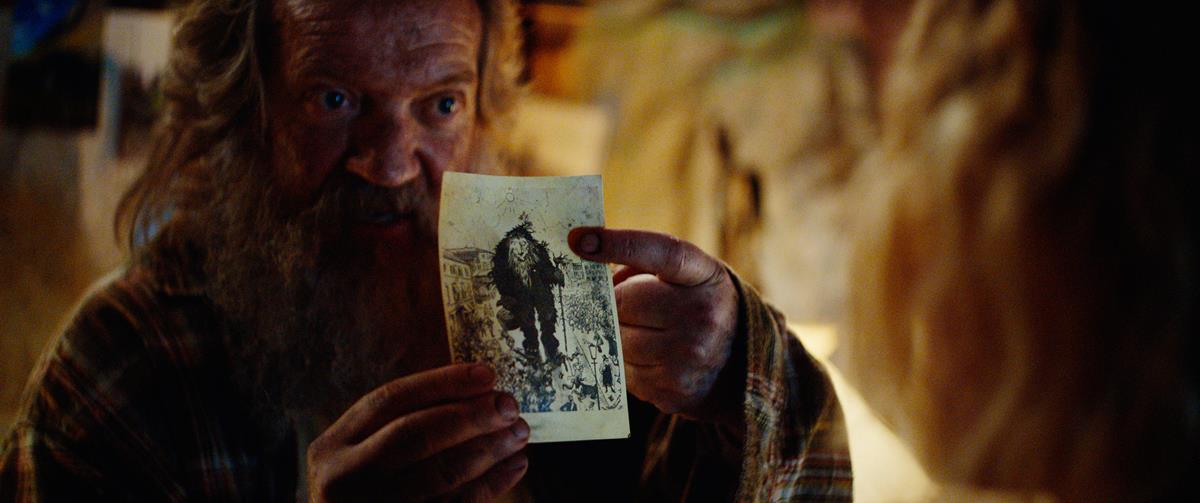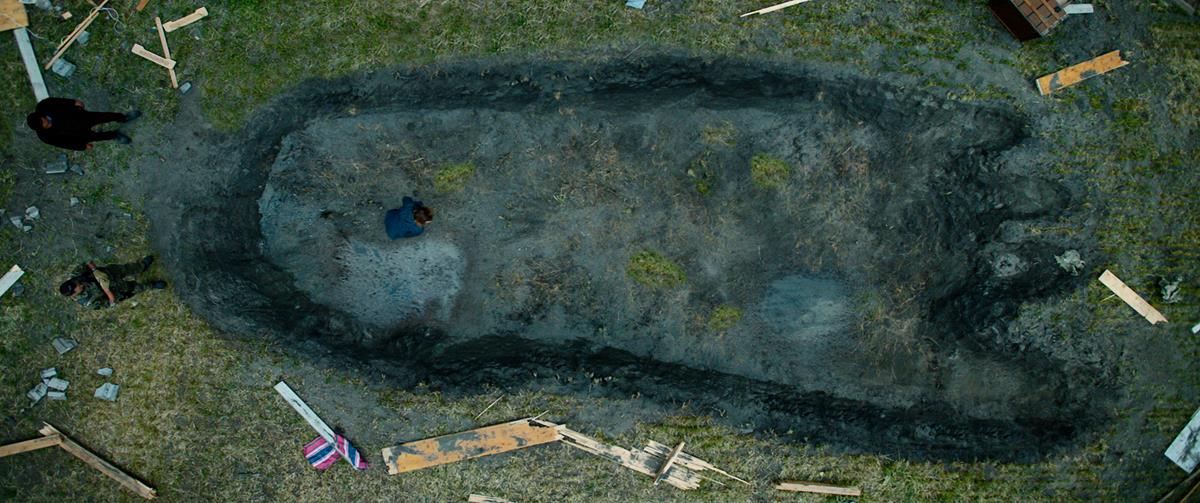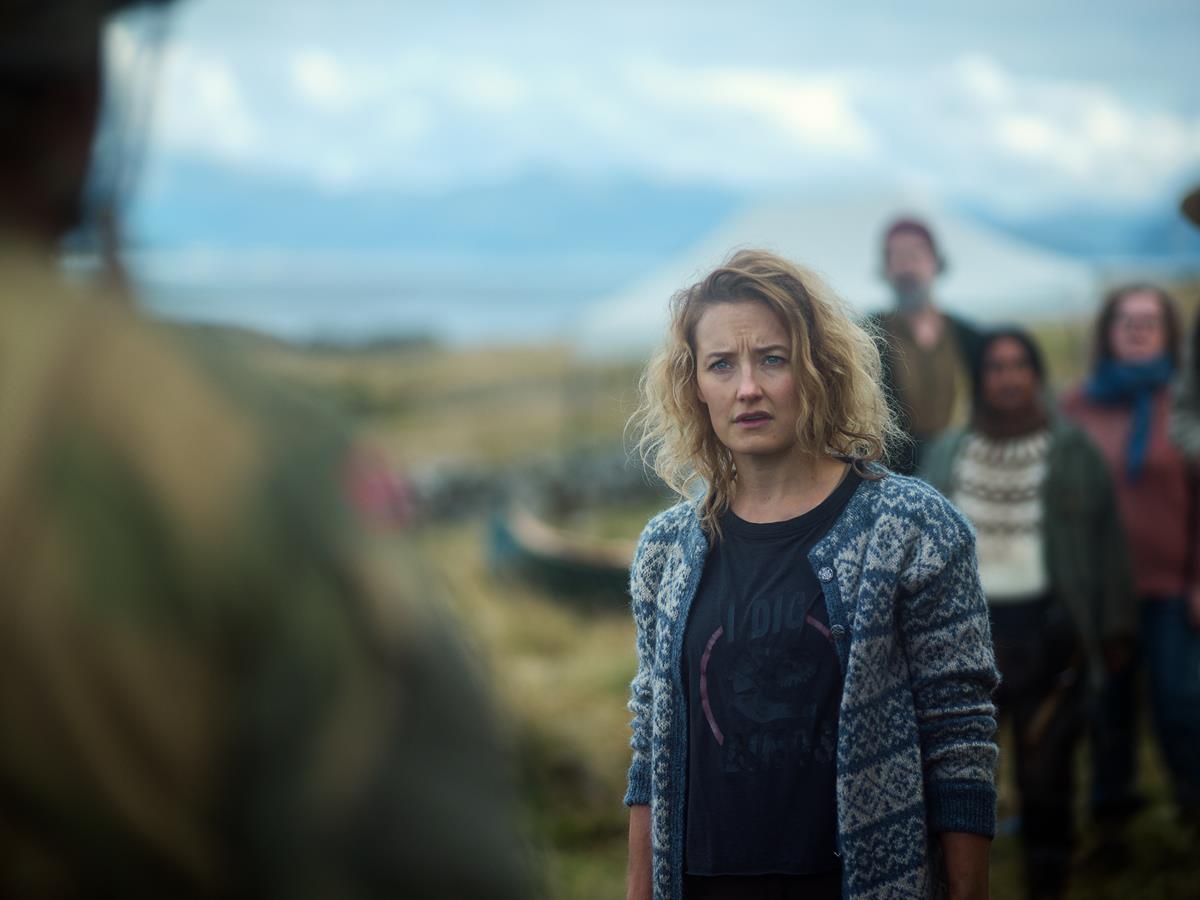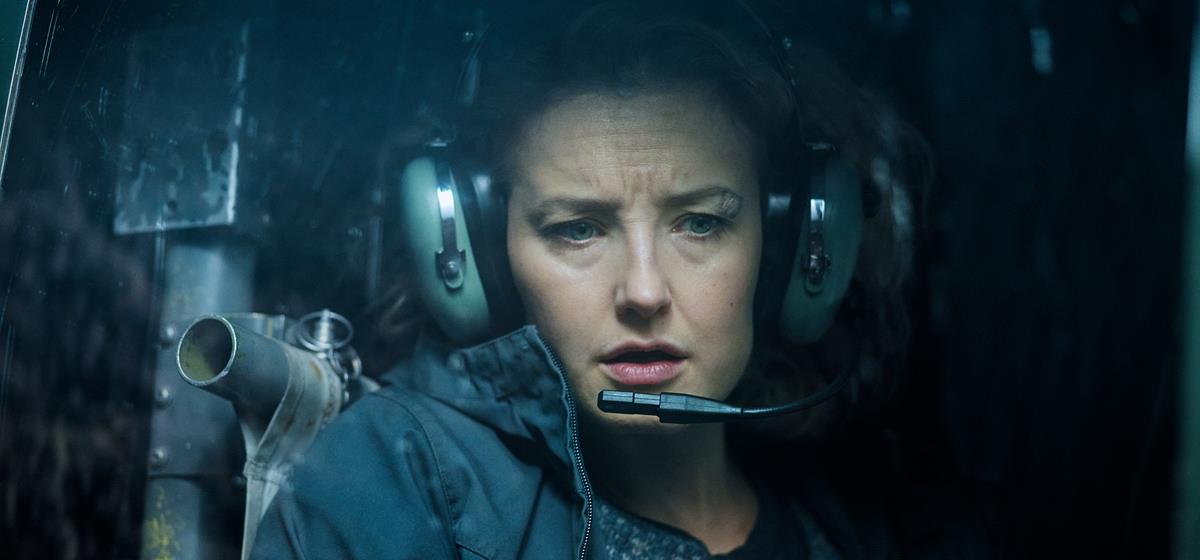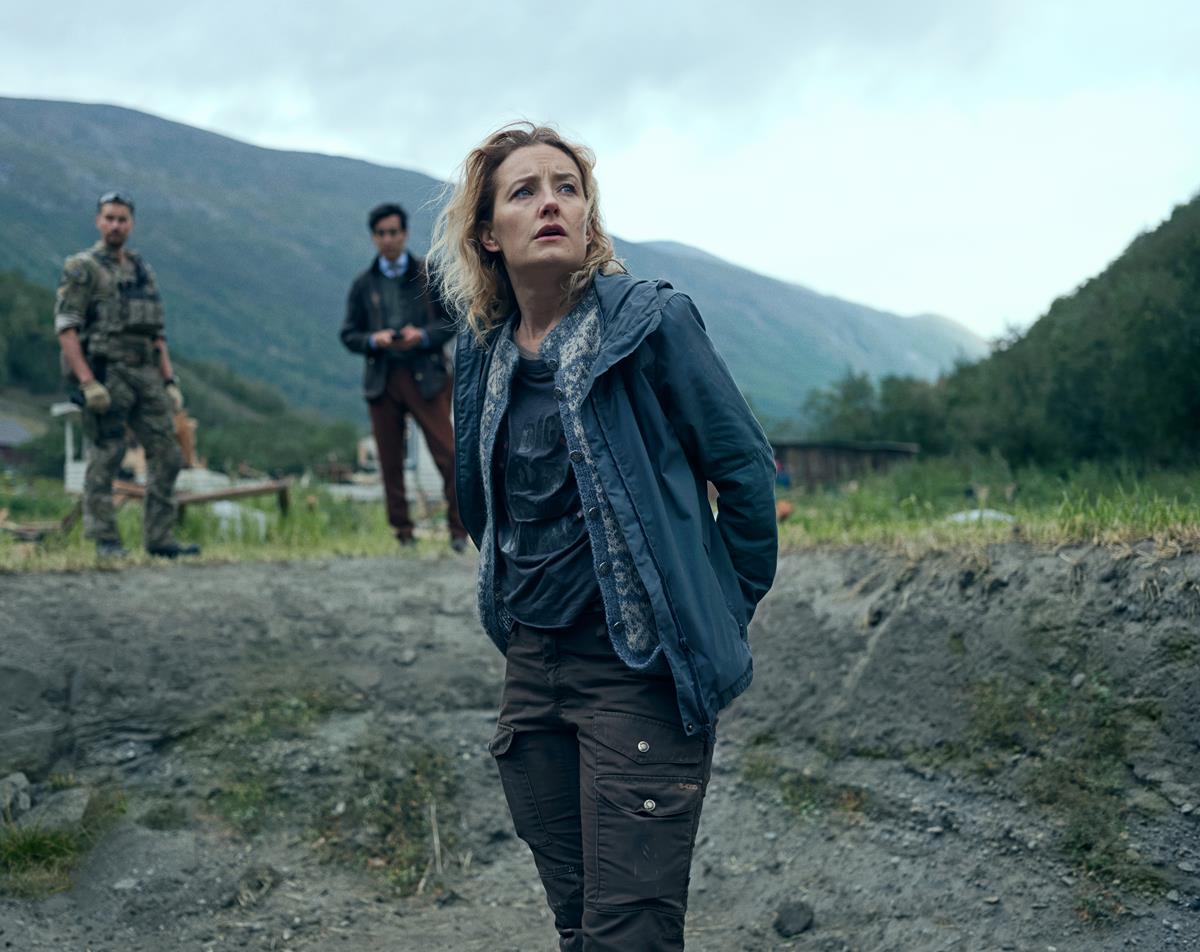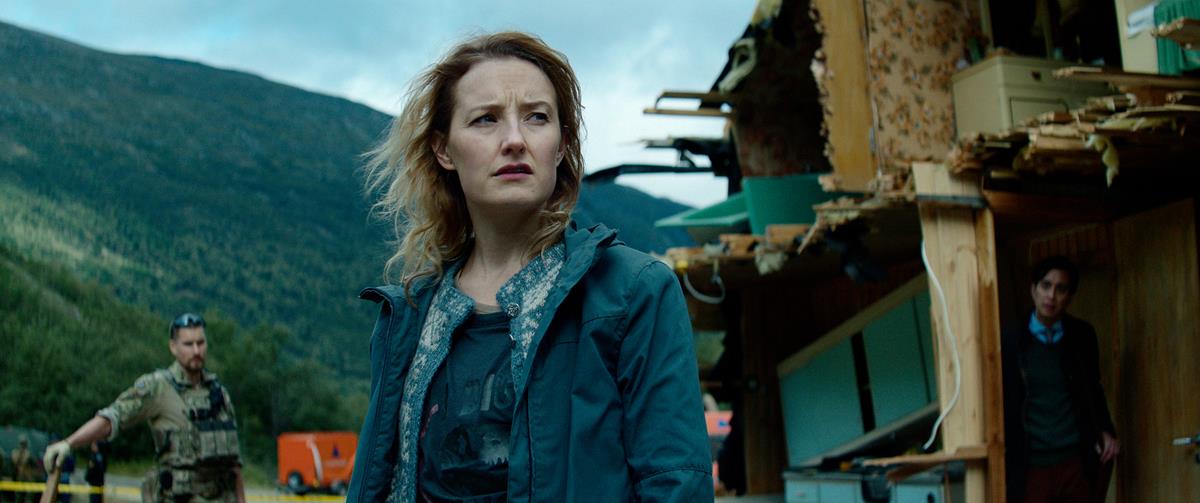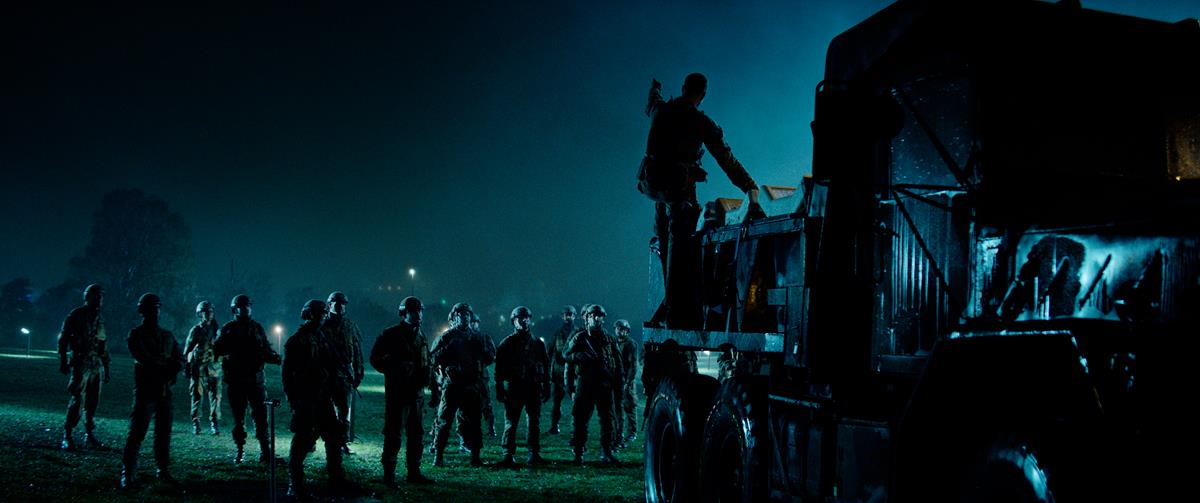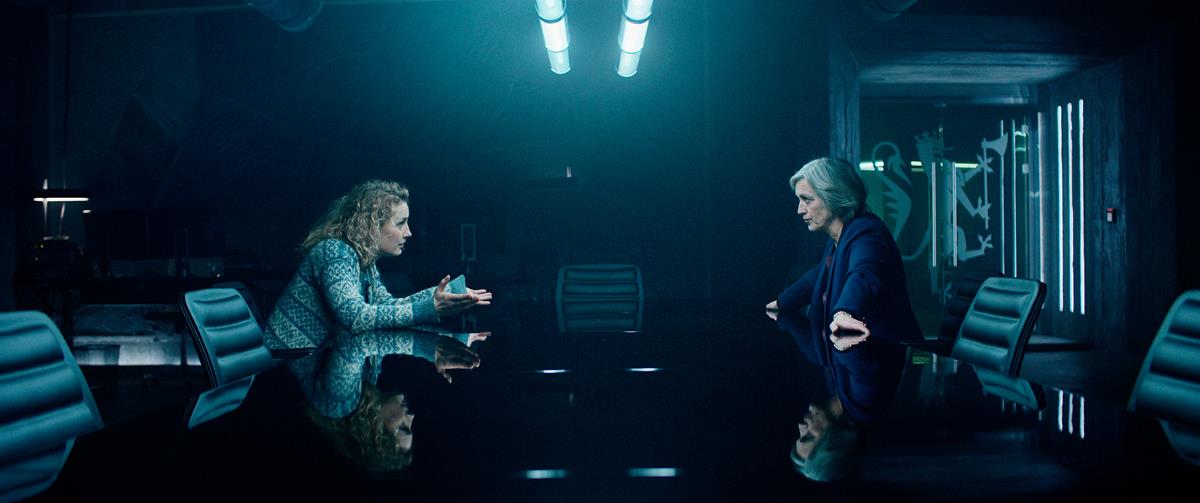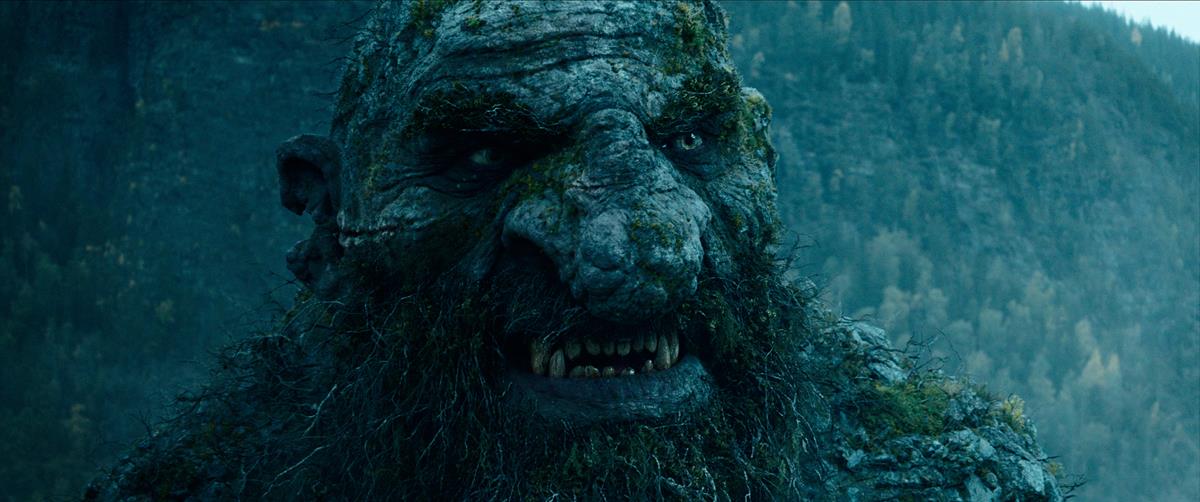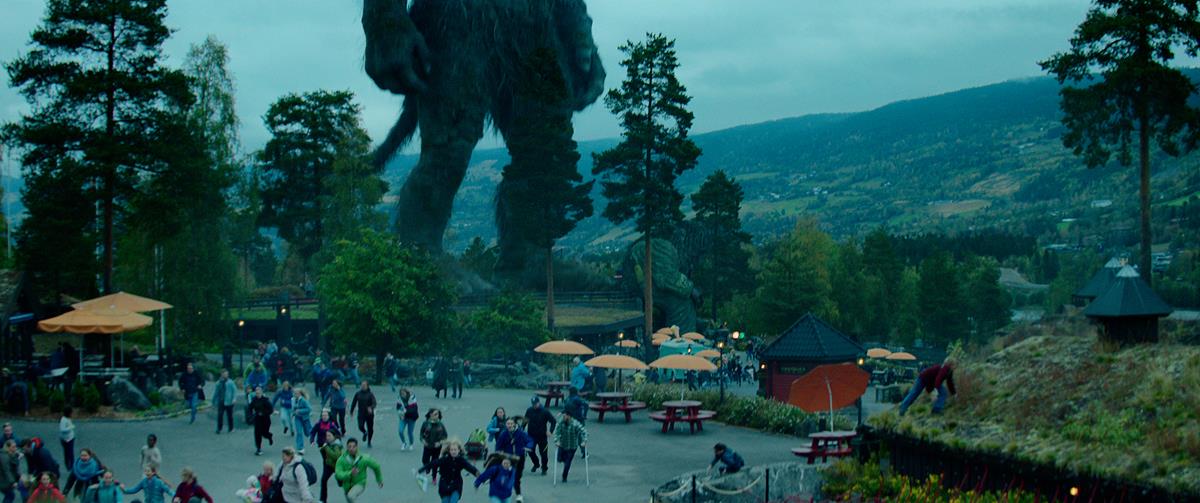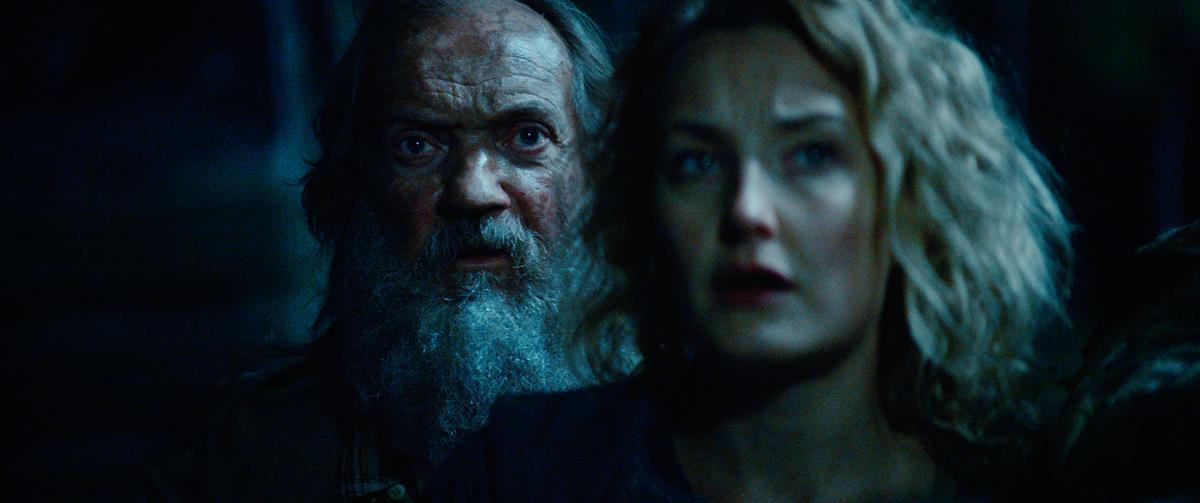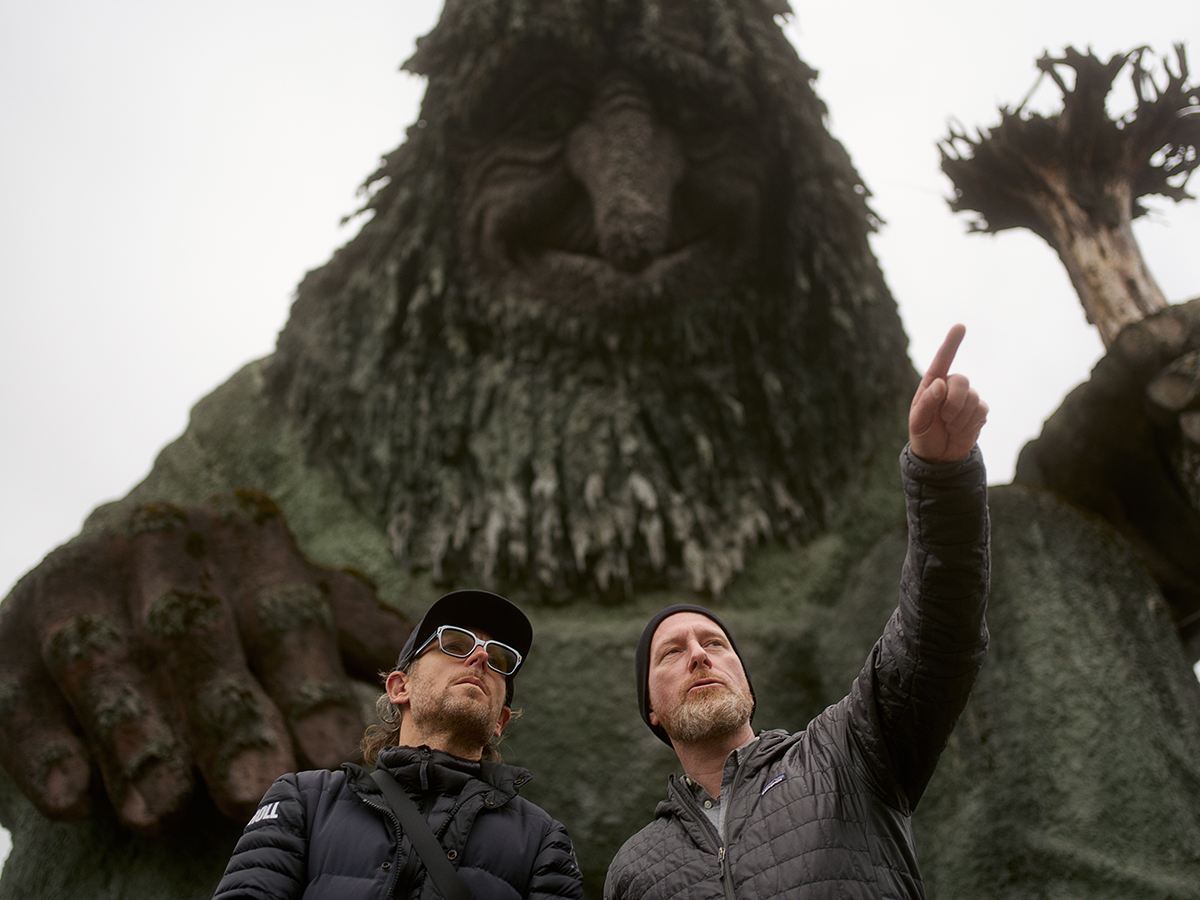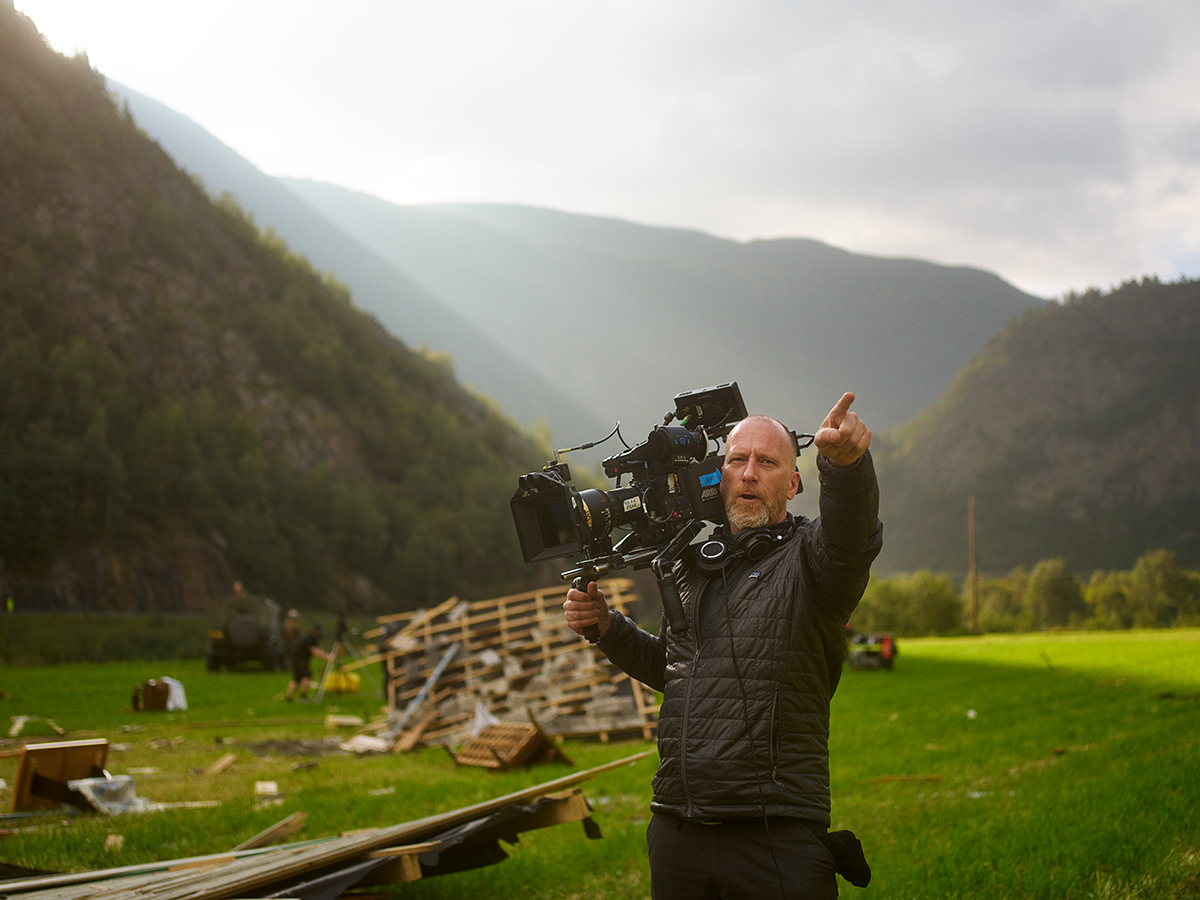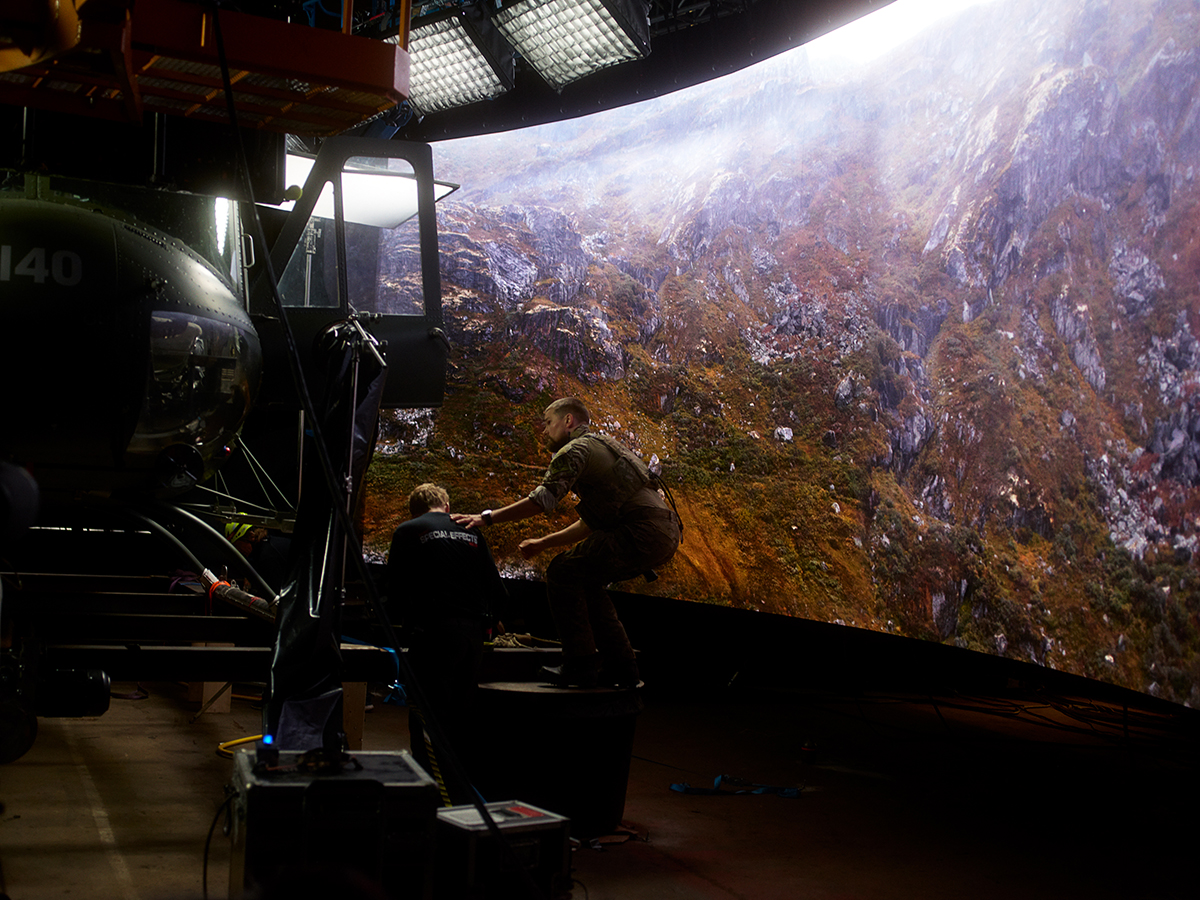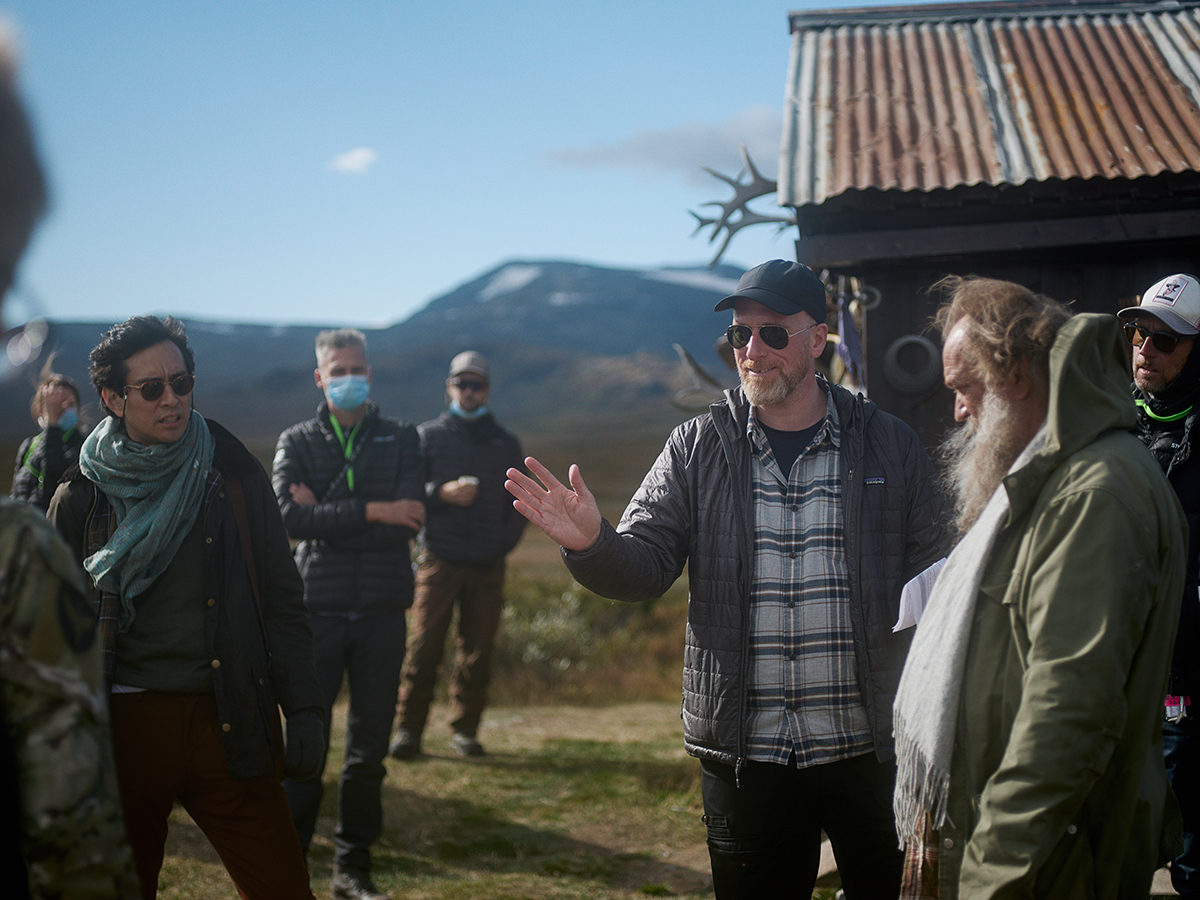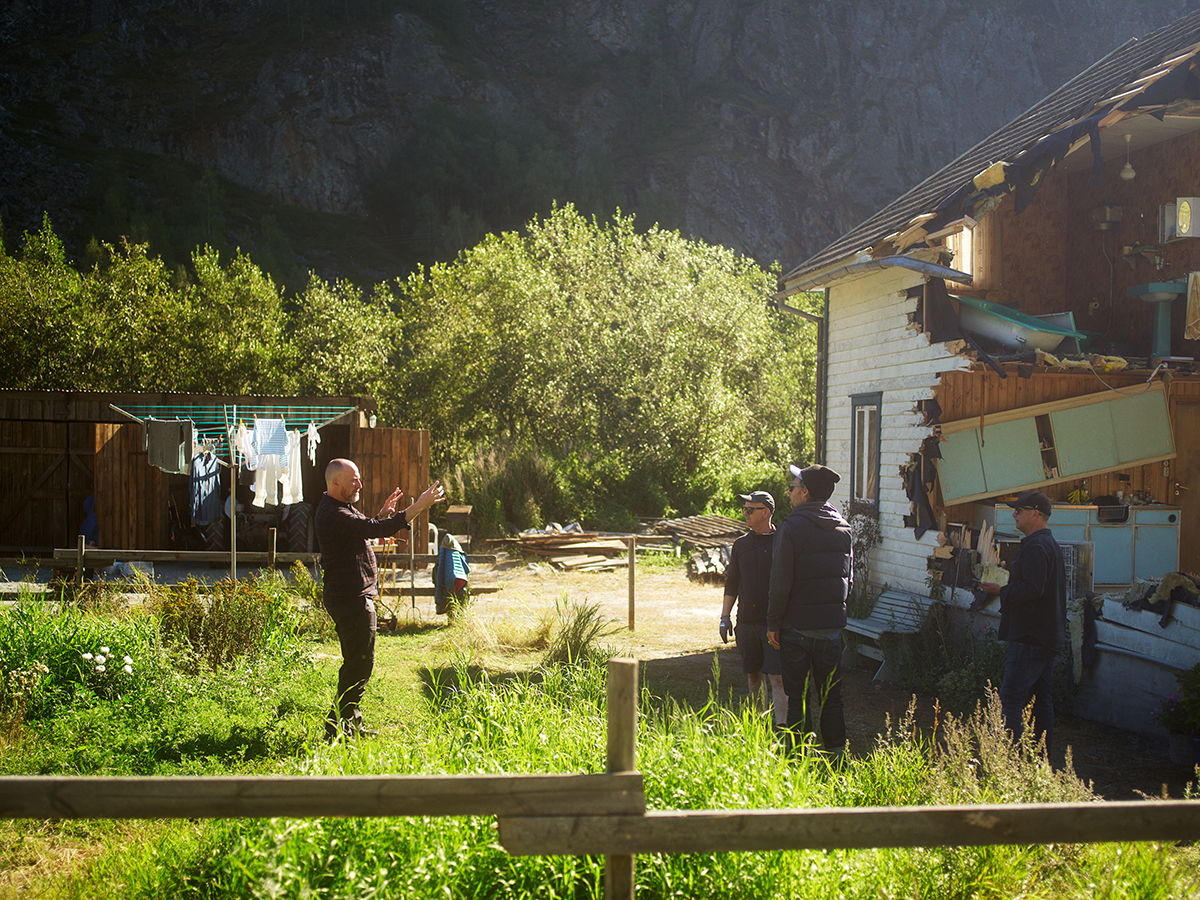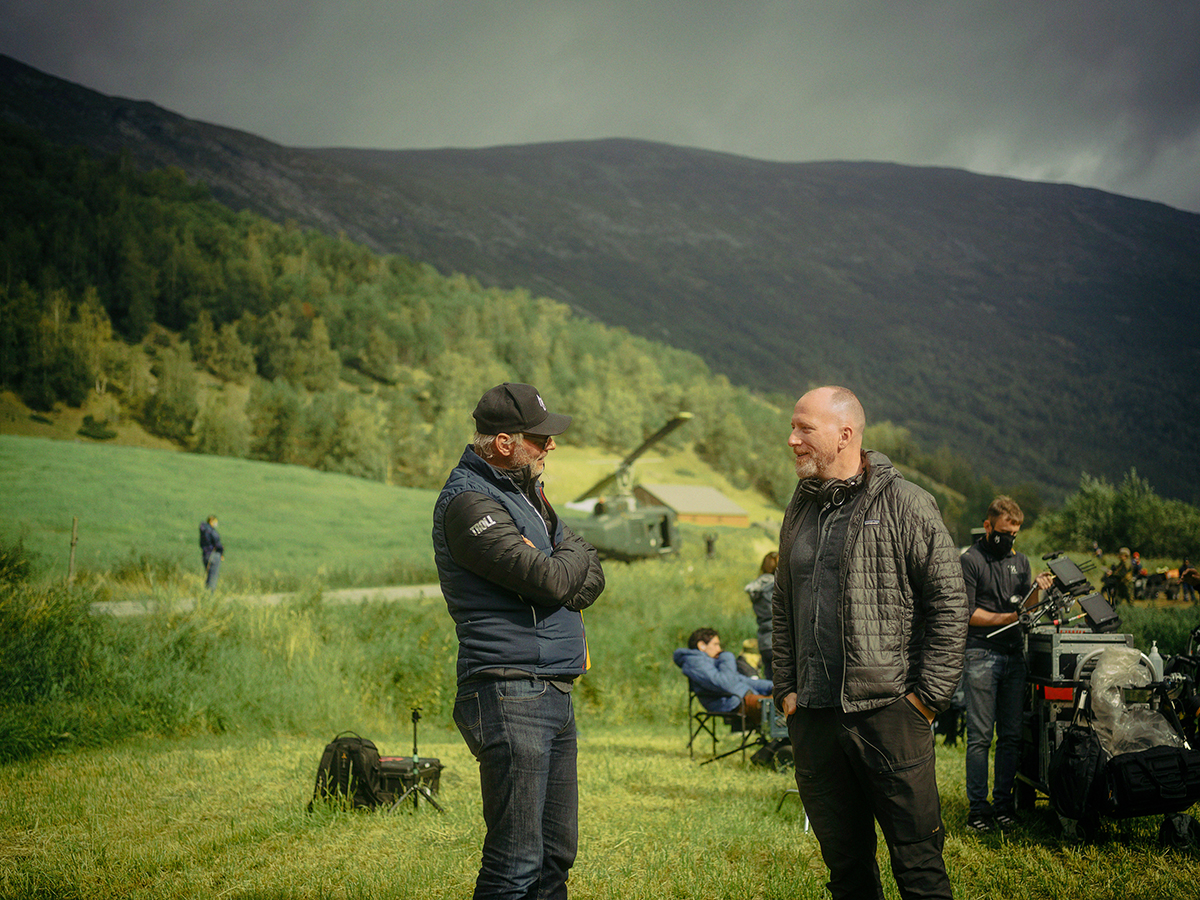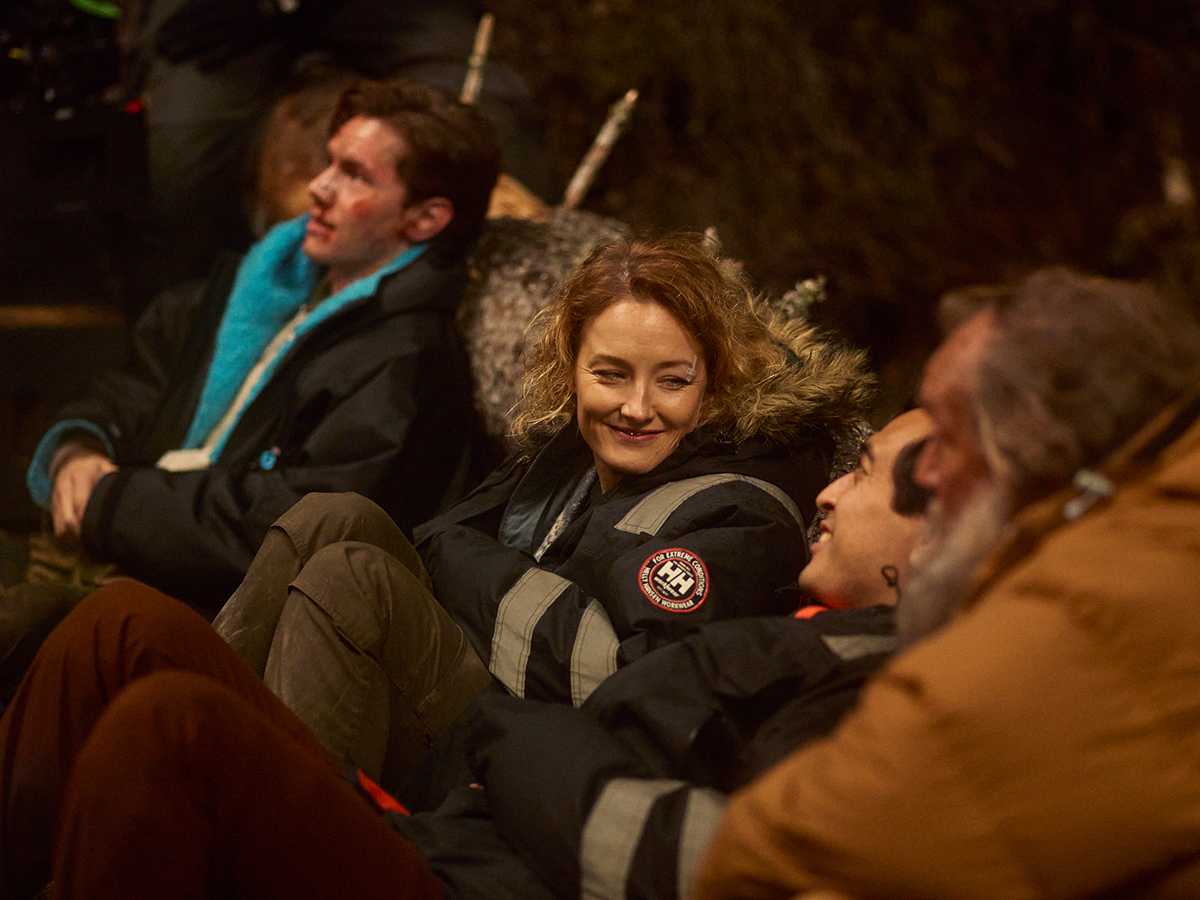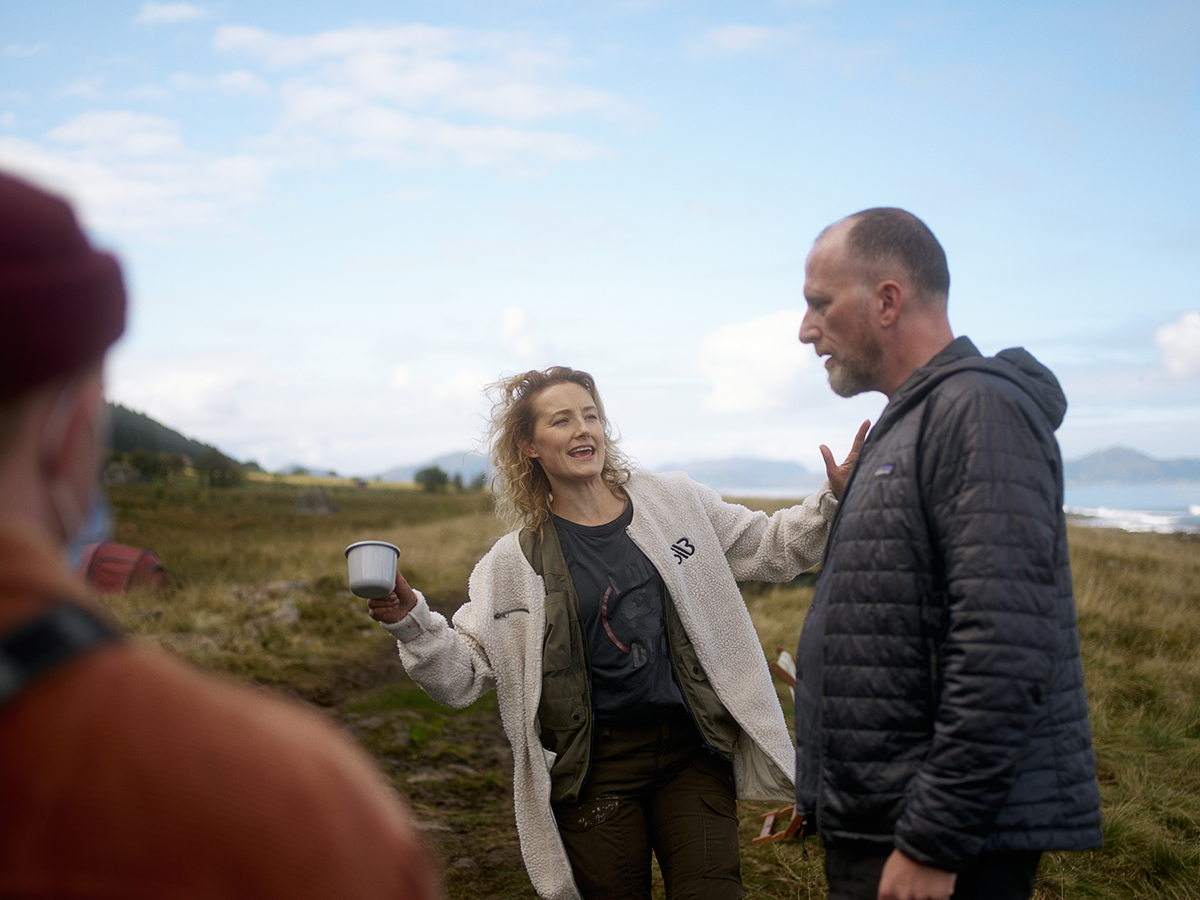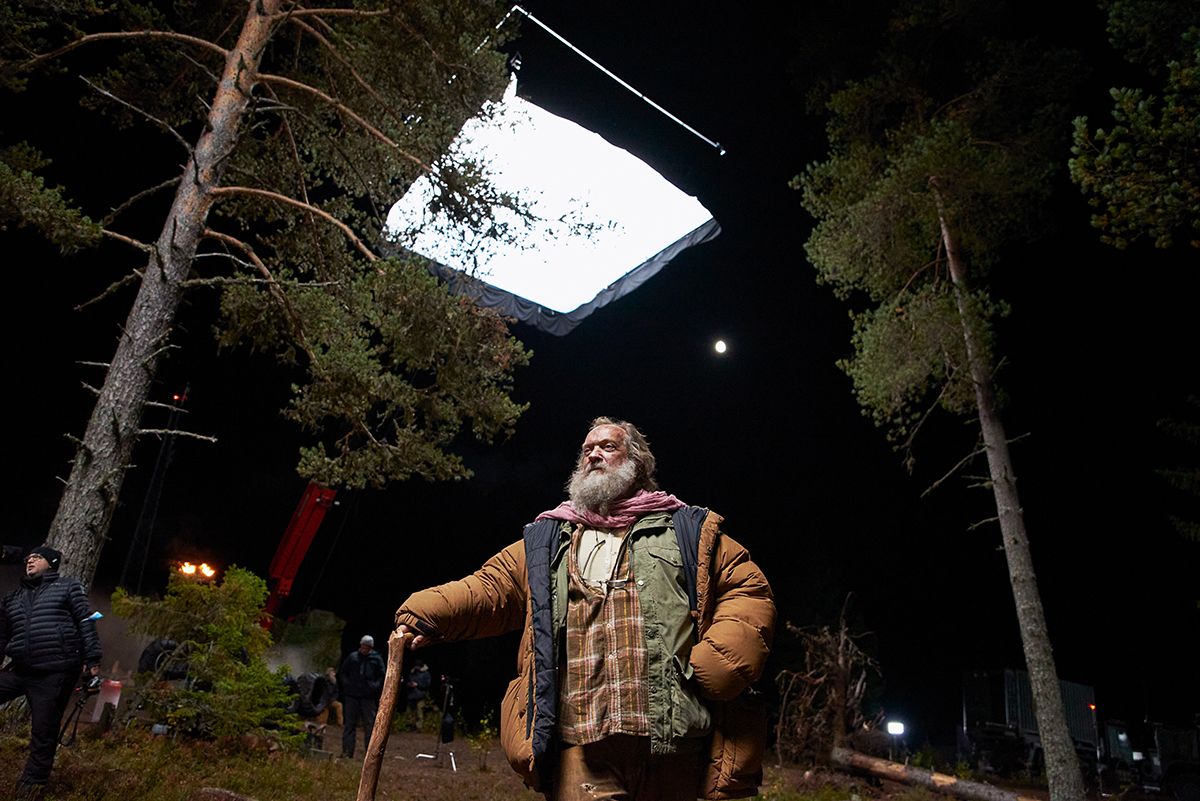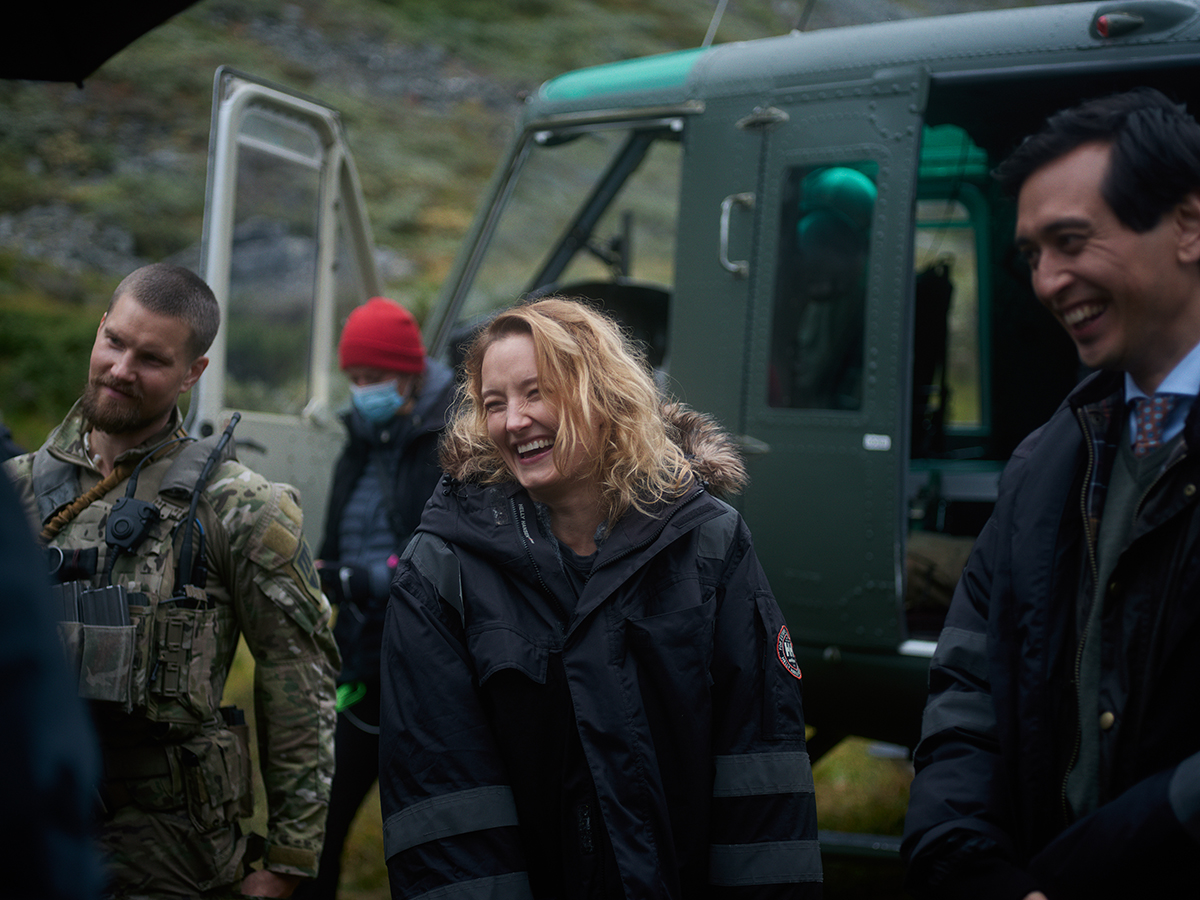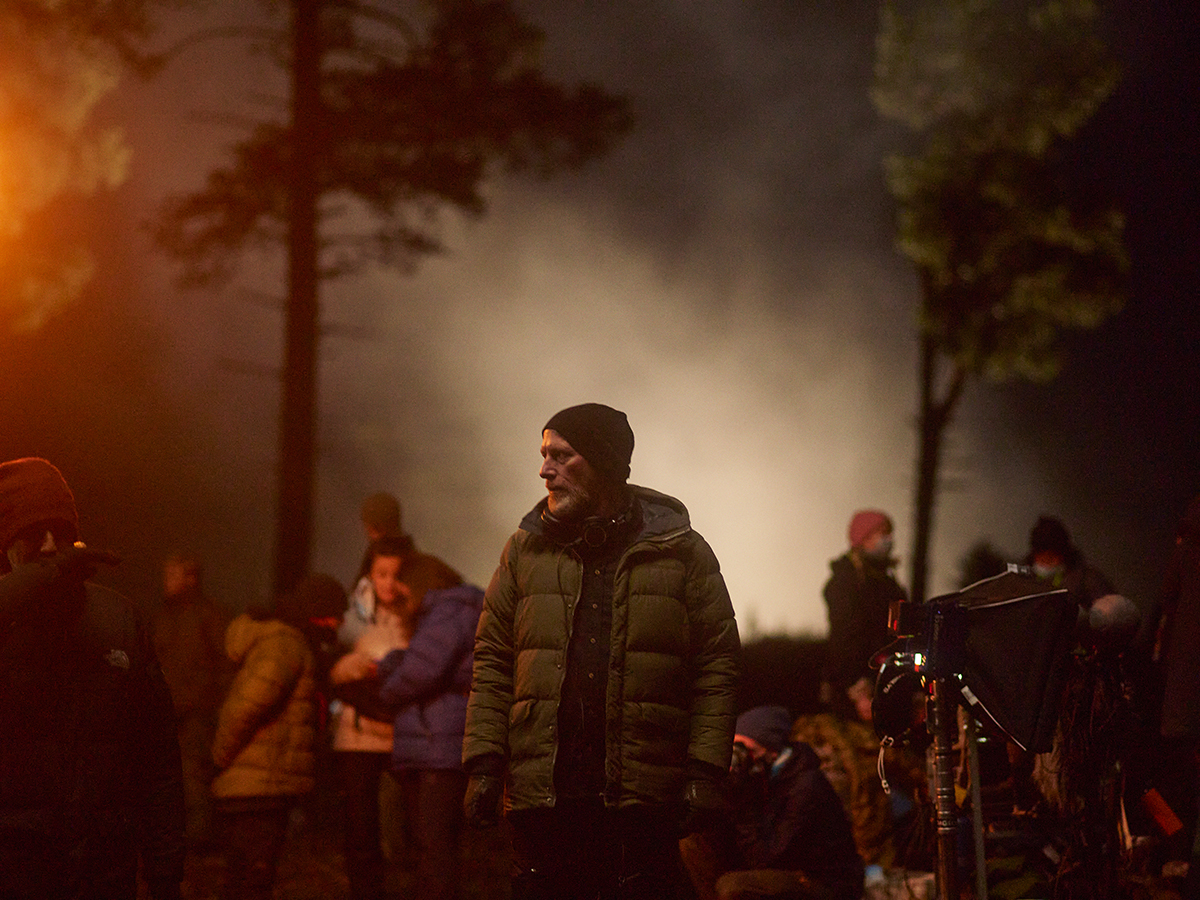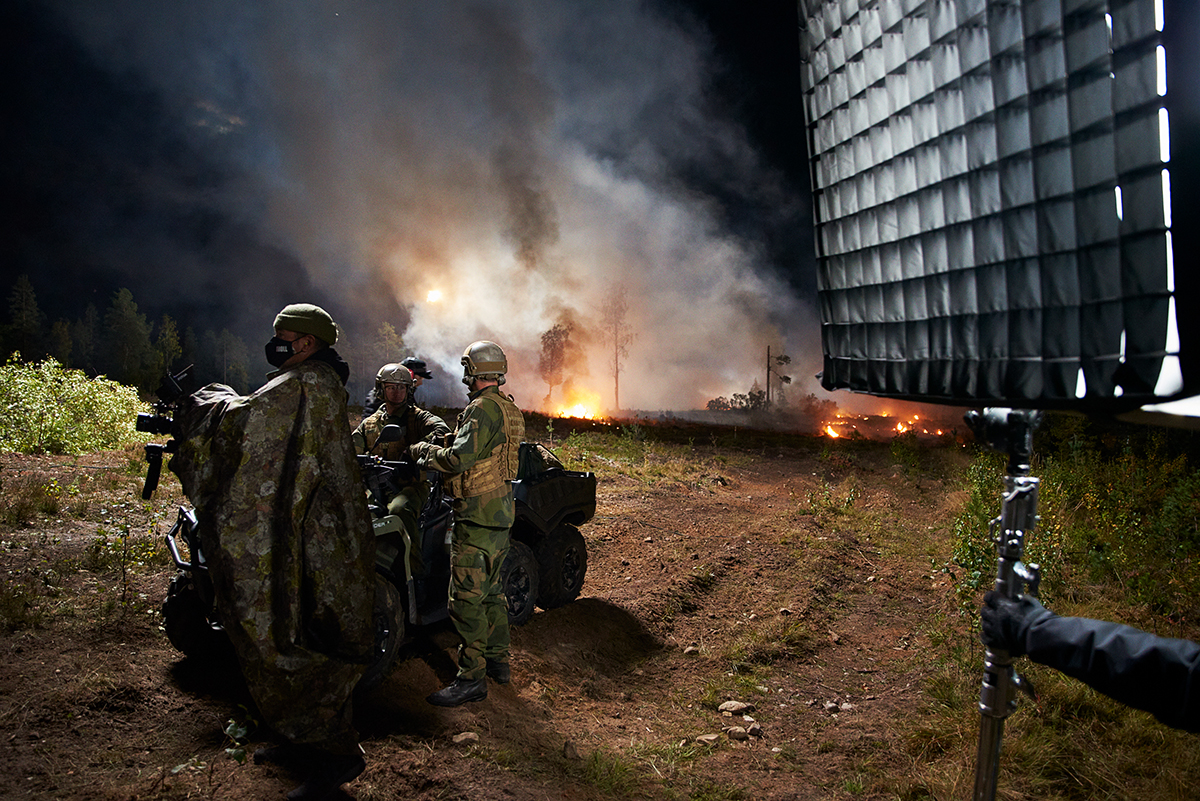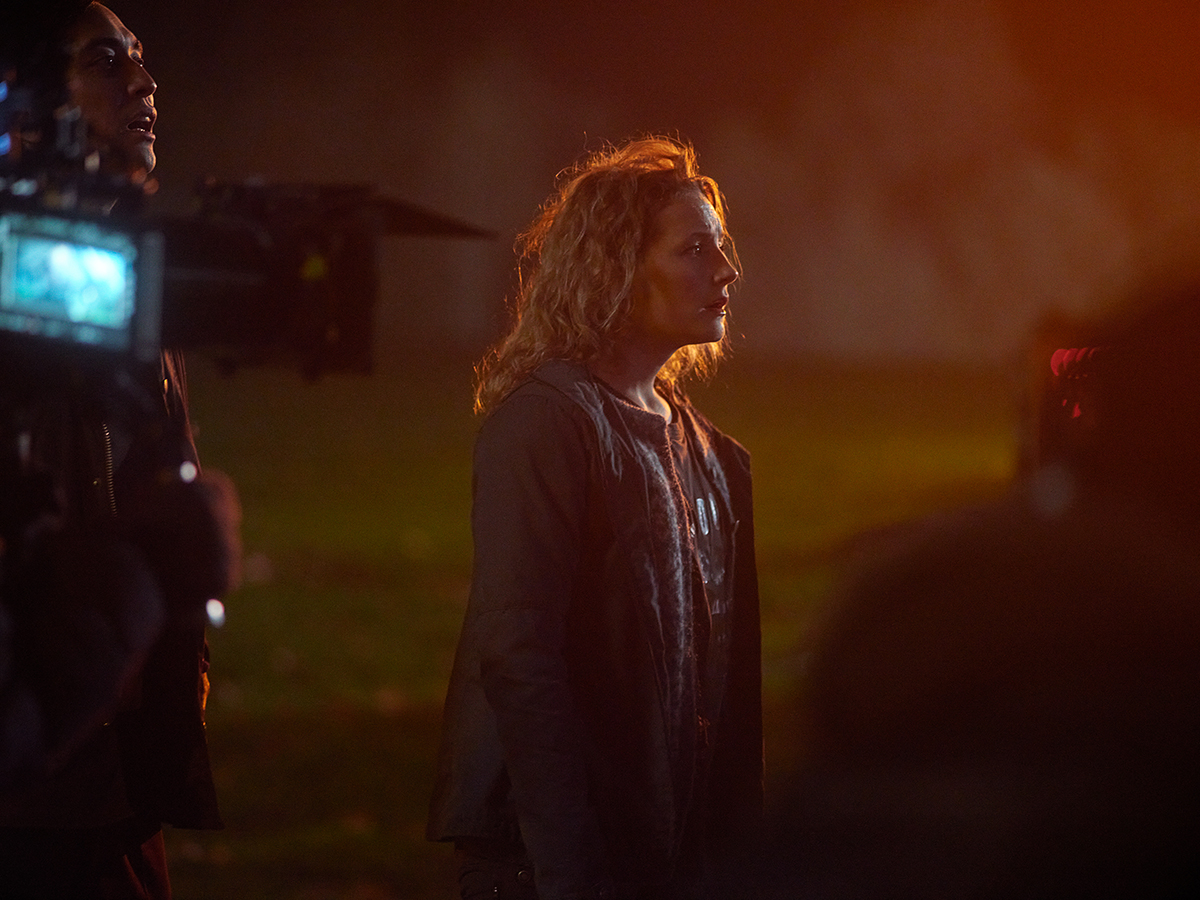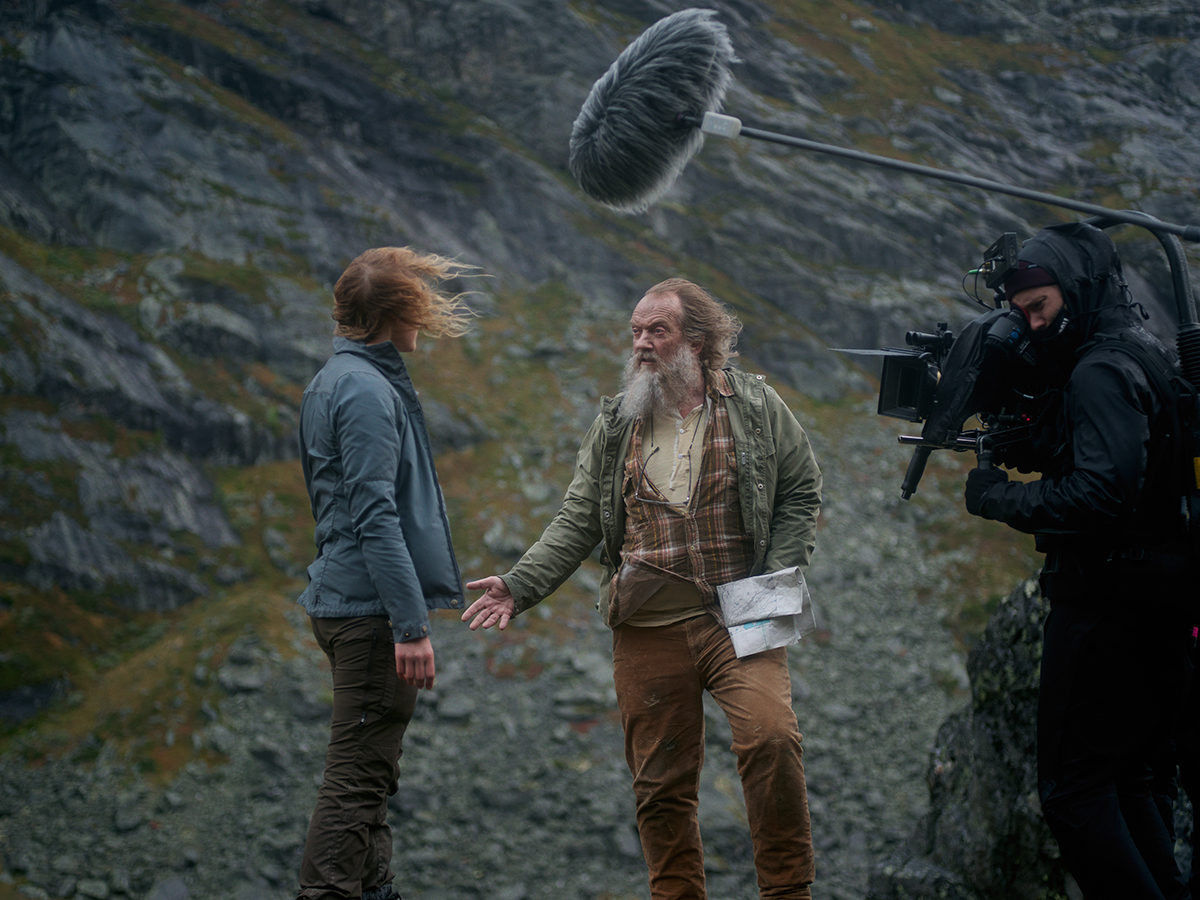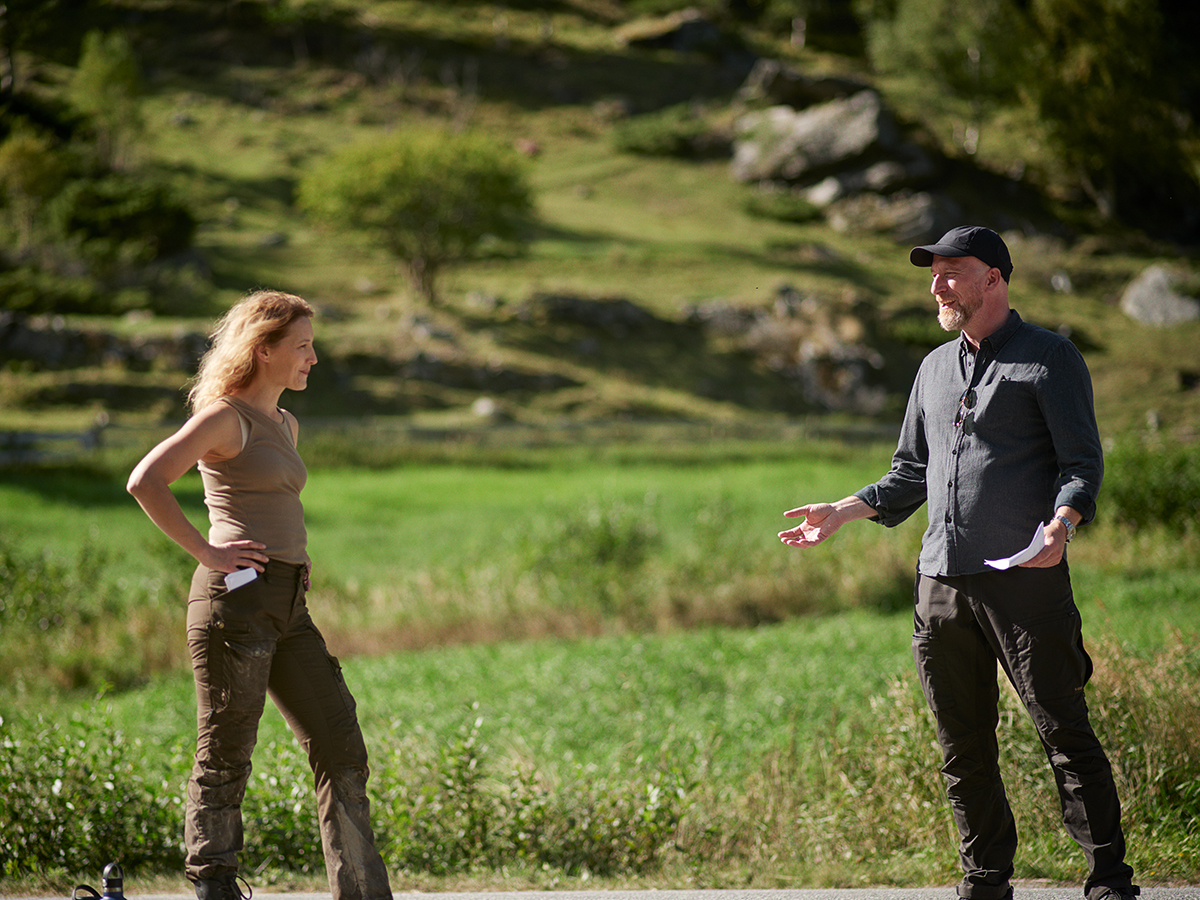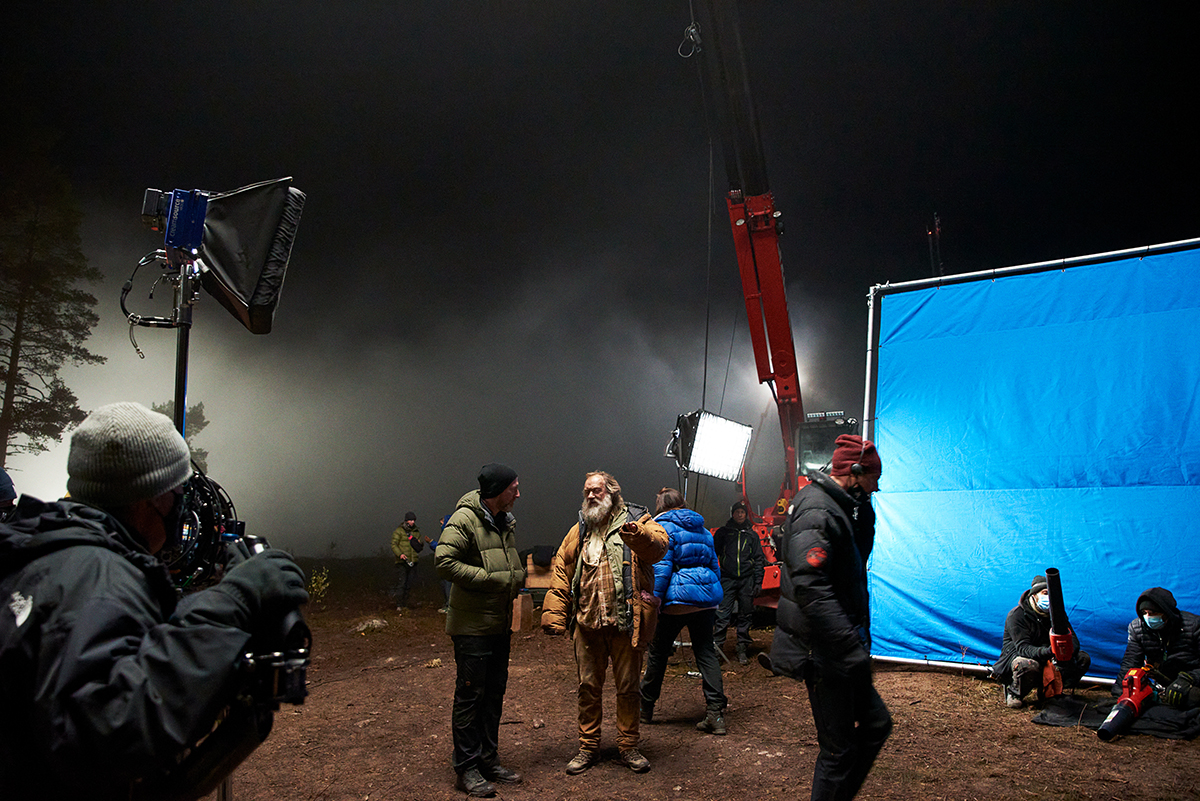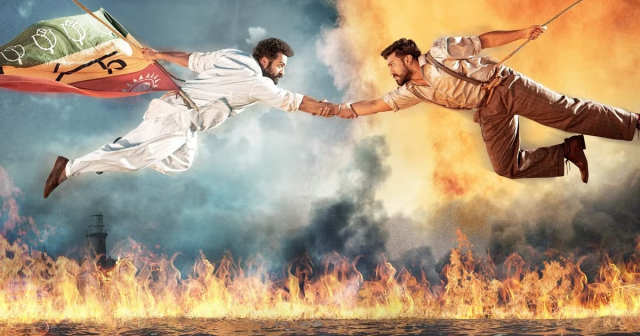TL;DR
- Pushing aside “RRR” in the global marketplace, Norway’s “Troll” has become Netflix’s best performing non-English film.
- Partly inspired by “King Kong” and Godzilla films, “Troll” employs many classic monster movie tropes with a distinctly Norwegian spin.
- The character design for the titular troll was inspired by paintings by Theodor Severin Kittelsen, one of Norway’s most popular artists.
- Espen Horn, producer and CEO of production company Motion Blur, said it was important that the production use Norwegians as crew, SFX and VFX vendors as much as possible, “because we wanted to show the world that this was genuinely a Norwegian or Nordic film.”
Troll from Netflix has seen some highly impressive viewing figures since its arrival on the platform and quickly became its best performing non-English film. This breakdown comes from Naman Ramachandran at Variety: “With a total of 128 million hours viewed and still counting, the film has taken the top spot on the non-English Netflix Top 10. It is in the Top 10 in 93 countries including Norway, France, Germany, the US, the UK, Japan, South Korea, Brazil and Mexico.”
READ MORE: ‘Troll’ Becomes Netflix’s Most Popular Non-English Film (Variety)
Monster movies have always had a wide fan base and Troll has all the attractions and tropes those fans like — a cityscape destruction, believable and well-executed VFX, a credible folklore backstory, and a monster with feelings and a purpose. Something that Renaldo Matadeen picked up on in his review for Comic Book Resources.
“The remains of his tribe got left in a palace under the Royal Palace, which means the troll king’s domain has been desecrated. So, he’s stomping his way to Oslo to destroy the place for what happened to his family and to crush the symbol of Christianity, politics and corruption.”
READ MORE: How Netflix’s Troll Dwarfs the MonsterVerse’s Kong & Godzilla (Comic Book Resources)
Yes, Troll was partly inspired by King Kong, including Godzilla vs. Kong, but don’t forget Cloverfield with its clever “monster in a city” reality. But one of the most important aspects of the production was to keep it very Norwegian notwithstanding the monster action at its core. Espen Horn, producer and CEO of Motion Blur, explained the vision. “It was a big and important dream for us. That we should use Norwegians as crew, SFX and VFX vendors as much as possible because we wanted to show the world that this was genuinely a Norwegian or Nordic film,” he said.
“That was very important as even as the film has a classic monster genre formula to it, as some people claim, it was important to us to maintain originality in terms of the characters, mythology and the nature of how we are as people. I think the audience were happy that we kept the Norwegian originality.”
Half-jokingly, Espen saw that owning the Troll story included some gentle reprisal for a fellow Scandinavian country’s appropriation of another folklore legend. “It was after Finland ‘stole’ the copyright of Santa Claus from Norway. Finally, we could copyright the Troll and insert some Norwegian DNA in to the story,” he said.
“It was essential that the people as well as the Troll were the heroes. Very often when you watch a monster movie it feels like explosions and the fights are more important than the love of the characters or the creature.”
Again reviews bought in to the sympathy for the monster, this from Noel Murray at the Los Angeles Times. “As with many other films about lumbering beasties, Troll alternates between making the big guy terrifying and sympathetic. It’s to the credit of Uthaug and his special effects team (as well as the refreshingly unfussy Espen Aukan screenplay) that this troll inspires such conflicted emotions and isn’t merely menacing or laughably goofy.”
It’s also to the production’s credit that the positive environmental messages baked into the story survived without the feeling of being spoon fed any kind of propaganda and without diluting the monster thrill ride. “We tried to do it in our own Norwegian modest fashion,” Espen demurred.
READ MORE: Review: It’s no secret why Netflix’s monster movie ‘Troll’ is so popular (Los Angeles Times)
Jesse Hassenger at Polygon agreed on the lack of a Hollywood ponderous third act in his review. “But there are plenty of advantages to shedding Hollywood-approved bloat while maintaining a kind of gee-whiz energy. Specifically, it resembles Emmerich’s 1998 version of Godzilla, reconfigured for greater speed and efficiency.”
READ MORE: Netflix’s explosive monster movie Troll is a whole new spin on Godzilla (Polygon)
Motion Blur is the production company behind Troll and over the last ten years have been making films and TV including two shows that were signed up for Netflix before Troll, the series Post Mortem and feature Kadaver. Espen, however, was sure it was the right time to attempt a huge monster movie with Scandinavian VFX houses of such quality like Denmark’s Ghost and Copenhagen Visuals, the Norwegian Gimpville and Sweden’s Swiss International. “We realized that with these Scandinavian facilities we had the ability to realize our dreams of creating such a monster, it seemed like the right time to do it.”
Espen describes the origins of the Troll project. “Around ten years ago we were developing a Troll story with another director. Roar Uthaug, the eventual director of Troll, was also developing a similar idea for a film. For various reasons both productions had to be stopped.
“But eventually we got together around three-and-a-half years ago to make a Troll movie. He had a very particular idea of how the story should evolve and had carved out the story and started working with screenwriter Espen Aukan.” The script was written fairly quickly and Motion Blur started to finance it.
Originally Troll was to be financed as a movie theater event with support from the Norwegian Film Institute, “We started to finance it as a typical cinema movie but then Netflix came on board — they bought so much into our vision for the film and how to accomplish it. They were very accommodating to fulfil this vision; it was actually a fairly easy choice to go along with Netflix and then not do a theatrical release.”
It was a 55-day shoot, which isn’t very long, but compared to Norwegian films is on the high side. “Shot in seven different locations including Oslo, so for the production it was very much a road movie in that sense. In one place for three or four days then move the 150 crew and cast to the next location. All were quite difficult to reach. Either up in the mountains or down deep inside a tunnel or a cave. But we got so much help from the local community including neighbors, farmers, engineers, even helping with extras.
“To shoot in rural Norway was a fantastic experience. It was extremely rewarding that when you come to a small place the whole community gathers up and are so supportive. We also had fantastic help from the Norwegian army who were very accommodating in helping us first of all get it right in terms of language and rules and regulations as well as uniforms, guns and helmets, tanks etc.”
But what was Motion Blur’s inspiration for the creation of the Troll? They didn’t want the blundering and small cave troll from Lord of the Rings; in fact, Espen even derided them as “Hairless and stupid trolls.”
“For VFX we used Norway’s Gimpville, Ghost and Copenhagen Visuals in Copenhagen and Swiss International in Stockholm. The monster itself was partly derived from folklore. There is a famous painting by [Theodor Severin] Kittelsen who was one of Norway’s most popular artists, it was the painting that Roar Uthaug had as his inspiration. He always thought, ‘what would happen if we got a real troll walking in to Oslo down Karl Johan, how would everyone respond?’ ”
He worked with a Norwegian artist Einar Martinsen and they started conceptualizing the troll with that thought of Oslo in crisis from a giant creature.
But Kittelsen’s paintings set the scene, “The old Norwegian trolls had trousers, pine trees sticking out of their heads, had extremely large noses, were clumsy and a little bit stupid. We wanted a troll that looked badass but also would have the warm tender eyes of emotions, we wanted him to have memory to show feelings and emotions and the ability to camouflage itself.”
They presented their Troll design to Netflix and the streamer loved it, “We then started to work on the troll with Ghost who did most of the CGI on it. It was important that he was originated from Norwegian folklore — important to Norwegians and to Netflix. It was important that it had good heritage from the old Kittelsen painting and from the old fairy tales of Asbjørnsen and Moe from the 19th century.”
Next, Watch This:
CHARTING THE GLOBAL MARKETPLACE:
Big content spends, tapping emerging markets, and automated versioning: these are just a few of the strategies OTT companies are turning to in the fight for dominance in the global marketplace. Stay on top of the business trends and learn about the challenges streamers face with these hand-curated articles from the NAB Amplify archives:
- “RRR:” Changing the Game for the Global Marketplace
- “1899:” Making a Mystery in Multiple Languages
- “Squid Game” and Calculating the “Value” of Global Content
- Global SVOD Market to Hit $171 Billion in Five Years
- Think Globally: SVOD Success Means More Content, Foreign Content and Automated Versioning


